Last Updated on July 31, 2021
 Why It Works is an ongoing column which breaks down some of the most acclaimed films in history and explores what makes them so iconic, groundbreaking, and memorable.
Why It Works is an ongoing column which breaks down some of the most acclaimed films in history and explores what makes them so iconic, groundbreaking, and memorable.
****SPOILERS AHEAD****
October is almost upon us, giving us an excuse to head down some of the darker, more unsettling corridors of cinema. Both Stephen King and Stanley Kubrick are regarded as masters of their respective crafts, so it's no wonder a Kubrick film based on a King novel would go on to become one of the most beloved films of all time. Stephen King, however, has compared the film to "a big, beautiful Cadillac with no engine inside it," admonishing its lack of depth and character development. We'll get into more of King's thoughts and how, from a Screenwriting 101 perspective, at least, they're totally valid. Stanley Kubrick is no slouch, though, so while THE SHINING has little plot or character development, threads that go nowhere, and a somewhat unsatisfying and confusing ending, it's still regarded as one of the best horror films (and indeed films period) of all time. Here's why it works:
WHY WE LIKE THE CHARACTERS:
Jack Torrance is not a likable guy. He's not really unlikable at first, either, but specifically there isn't anything that endears us to him. When Wendy shares that he hurt Danny once and quit drinking as a result, it's a double-edged sword, as Jack is painted both in a dangerous light and as someone determined to right his wrongs. Stephen King wanted a more wholesome actor than the manic Jack Nicholson cast so that we could see him fight against and eventually fail to overcome his demons. This clearly wasn't Kubrick's intention, though, and so we get a character who feels a bit off right away. What allows for this is the portrayal of Wendy and Danny and even Dick Hallorann as purely good characters, thus giving us protagonists to adhere to while Jack is slowly inhabited by the spirit of the Overlook Hotel. King also admonished the film's flimsy, demure portrayal of Wendy, and I'm sure many of us in 2016 would agree, but in Shelley Duvall's Wendy we have both the only character completely unaffected by the hotel and a wife and mother who will do anything to keep her family happy. Arguably, this is exactly what puts her and Danny in danger in the first place, but we can't help but feel that at least her heart is in the right place. Finally, while THE SHINING doesn't offer much in the way of character development, we do see three people who are trying to cope with their immediate situation. Jack doesn't give into what's possessing him right away, trying to pull back at first, and Wendy and Danny are doing their best to deal with Jack's transformation, a much more complicated obstacle than that of the traditional monster-in-the-house story.
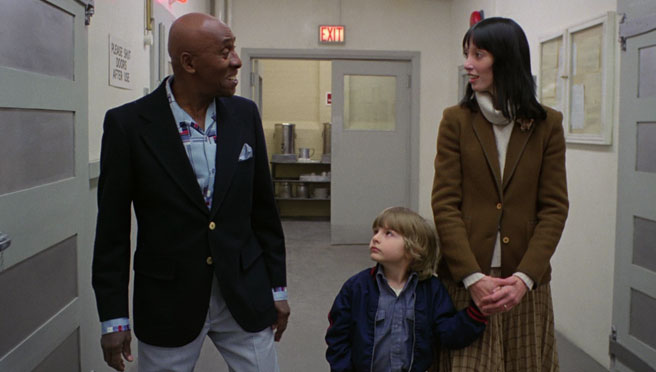 Scatman Crothers: maybe the most likable actor of all time.
Scatman Crothers: maybe the most likable actor of all time.
WHY WE CARE:
In addition to showing the initial stages of Jack's transformation fairly early on, there's not much left to the imagination in terms of what to expect from THE SHINING. In the first scene, Stuart Ullman tells Jack about the axe-murders committed by a previous caretaker of the hotel, and in their discussion of "the shining," Dick tells Danny that the presence of a bad incident can remain in a place long after it's happened. Once we see the slightest bit of foul temperament from Jack (also fairly early on), it doesn't take a rocket surgeon to figure out we're dealing with the potential of Papa Torrance going after his family axe in hand. While this might make the next hour and a half where that doesn't happen seem pointless, it actually gives us something to fear and, for lack of a better phrase, look forward to. Family is such a primal, universal thing, that the threat of a father turning on his own is enough to keep us on edge for quite a while. Adding to the delayed gratification is the fact that Kubrick doesn't even show us some of the scary moments. Both Danny talking to Tony in the bathroom and Danny going into room 237 cut to an aftermath where Danny has suffered some sort of episode. Where traditional horror movies would use these moments as opportunities for jump scares and faces in mirrors that aren't there when you turn around, Kubrick holds back and forces us to use our imagination to figure out just what the hell is going on. In the meantime, there are plenty of individual moments to keep us intrigued and help unravel the mystery, from Danny's visions and conversations with Tony to Wendy and Danny's increasingly uncomfortable interactions with Jack to Jack's own interactions with Lloyd the bartender, the once caretaker Delbert Grady, and everyone's favorite alluring naked young bathtub lady turned laughing naked old zombie lady.
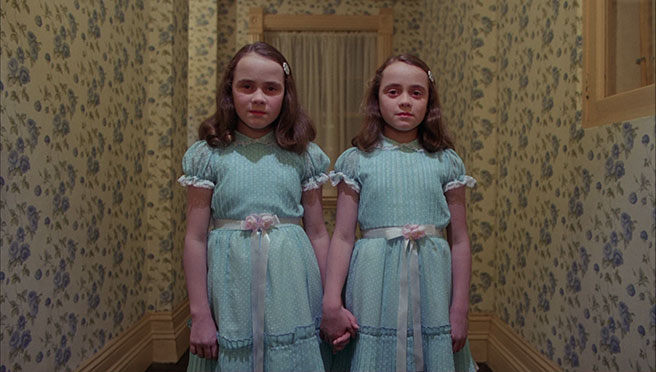 "Come and play with us, Danny…"
"Come and play with us, Danny…"
WHY WE'RE SATISFIED:
With THE SHINING's finale, Kubrick once again gives us what we want without really giving us what we want. Above all else, Wendy and Danny survive, and Jack dies, so that's something, but we barely to get to see the protagonists as triumphant. Jack leaves Wendy alone in the bathroom only to go investigate Dick's arrival, and Danny escapes as a result of Jack getting lost in the maze. The only sliver of triumph we have is in Danny retracing his steps in order to throw Jack off course; other than that, the characters mostly just get lucky. The telepathic shining Danny and Dick share is another intentional letdown. Dick discovers Danny has the shining, cluing Danny in on what's going on in the hotel but leaving him unable to do anything about it, and later, Dick is able to sense Danny needs help, which puts him on a plane, has him braving the elements to reach the hotel, and gets him killed within moments of setting foot inside. At the very least, Dick's arrival may have saved Wendy's life, but that feels like a very indirect payoff. As for the hotel itself, Dick's explanation of some places being able to shine like people and Jack's image in the photograph at the end suggests everything that happened in the film has happened before and is likely to happen again. In King's novel, the hotel is destroyed, presumably putting an end to the horrors that took place there, but Kubrick, albeit subtly, gives us the age-old horror movie ending of, while the characters are ostensibly safe, the world is not.
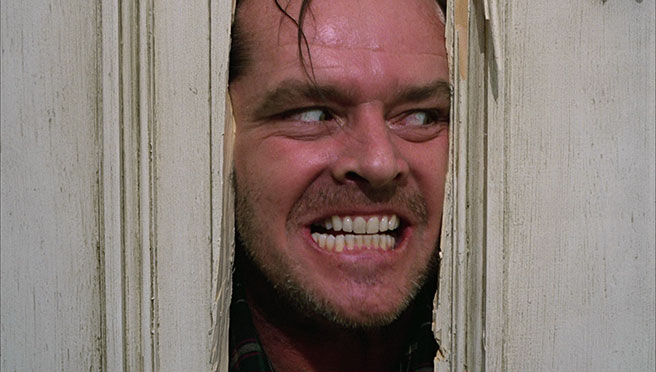 "Heeeere's Johnny!"
"Heeeere's Johnny!"
WHY WE REMEMBER:
While we could argue until we're caretaker-blue in the face about whether the changes Kubrick made helped or hurt the film, it doesn't change the fact that there is a lot to love about THE SHINING. The score by Wendy Carlos and Rachel Elkind and usage of existing avant garde orchestral pieces makes for a completely unnerving and gripping soundtrack, and the sound design alone can make the alternating noise and silence of Danny riding his Big Wheel over hardwood and carpet feel as troubling as any score. Similarly, the long takes, Steadicam shots, and unconventional editing simultaneously give the film a grand sense of scale and a feeling of claustrophobia, pulling us into the snowbound Overlook whether we like it or not. The bizarre imagery, from bleeding elevators and creepy twins to the heavy usage of red in almost every shot keep THE SHINING from feeling like just another horror movie and give the film an artistic quality lacking from too many movies today. Jack Nicholson, as he does so often, walks the line between regular guy and dangerous psychopath well enough that we can't help but want to like him even after he starts to turn, and Shelley Duvall, Scatman Crothers, and Danny Lloyd give us three kind and lovable characters to root for. Finally, the dialogue and moments from the combined minds of Stanley Kubrick, co-writer Diane Johnson, Stephen King, and even suggestions from the actors (Nicholson added, "here's Johnny!" among other things, and Danny Lloyd had the idea to move his finger when Tony talked) make for some unforgettable lines and moments. "Come and play with us, Danny," "all work and no play makes Jack a dull boy," "redrum," and "here's Johnny," are permanent fixtures in the cinematic landscape, and some of us still walk down long carpeted hallways with trepidation. If you haven't seen the documentary ROOM 237, it's both ridiculous and absolutely worth checking out; unless you're a rampant conspiracy theorist or just plain gullible, you probably won't agree with a single idea it posits, but it's fascinating to see how the dense and unusual presentation of Kubrick's film can draw so much dissection and speculation about what it all means. Thanks for coming to play with us, Stanley; we will remember you forever… and ever… and ever.
Thoughts? What else worked for you? What didn’t? Strike back below!
If you have any movies you’d like to see put under the microscope, let us know below or send me an email at [email protected].


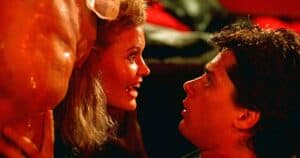
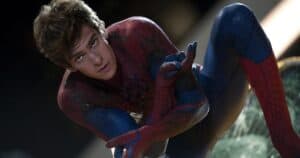
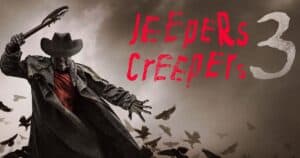
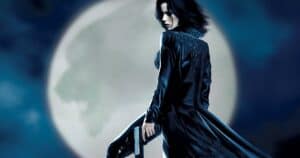

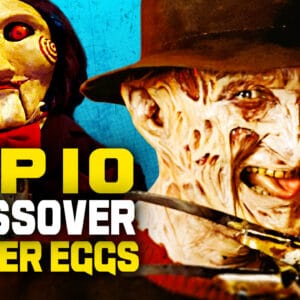

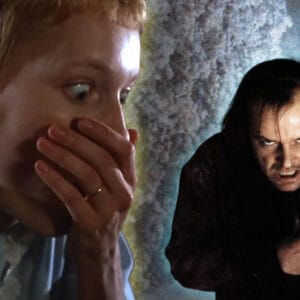
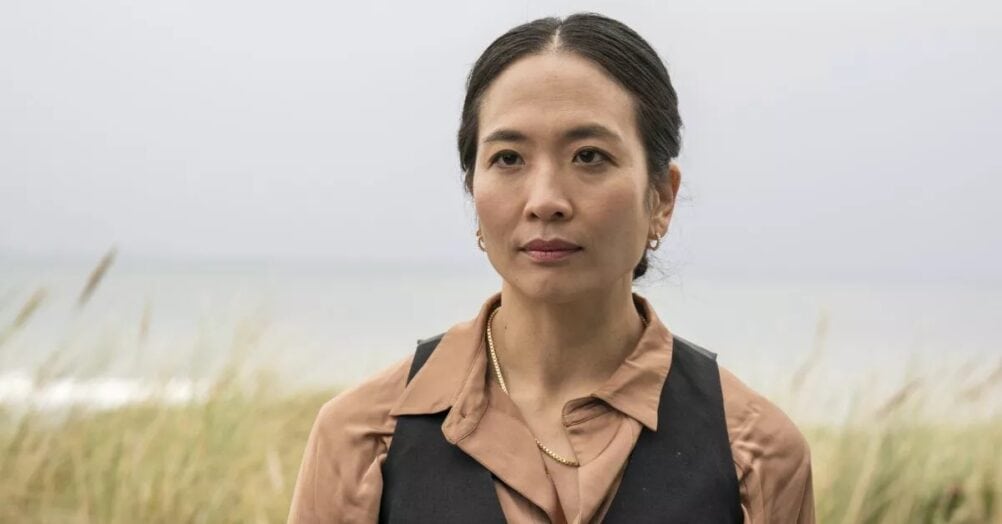
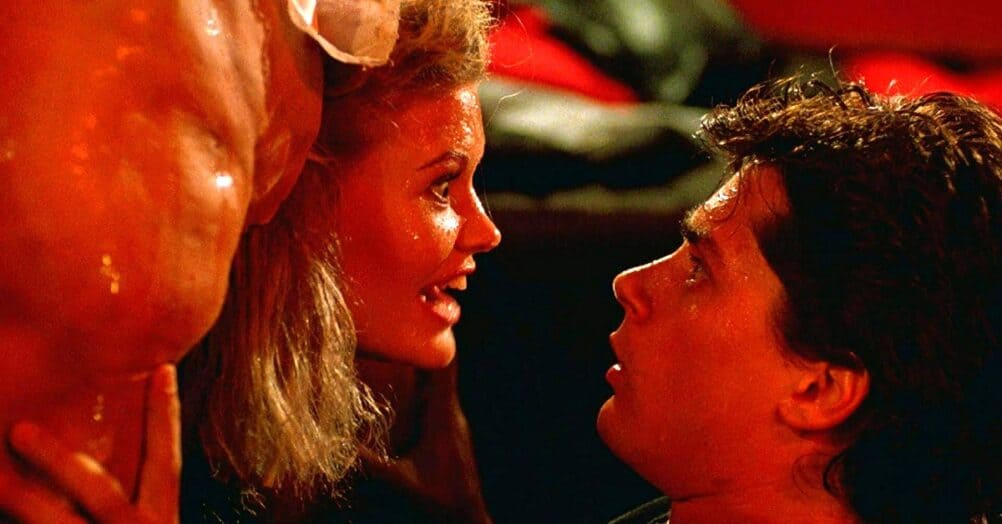
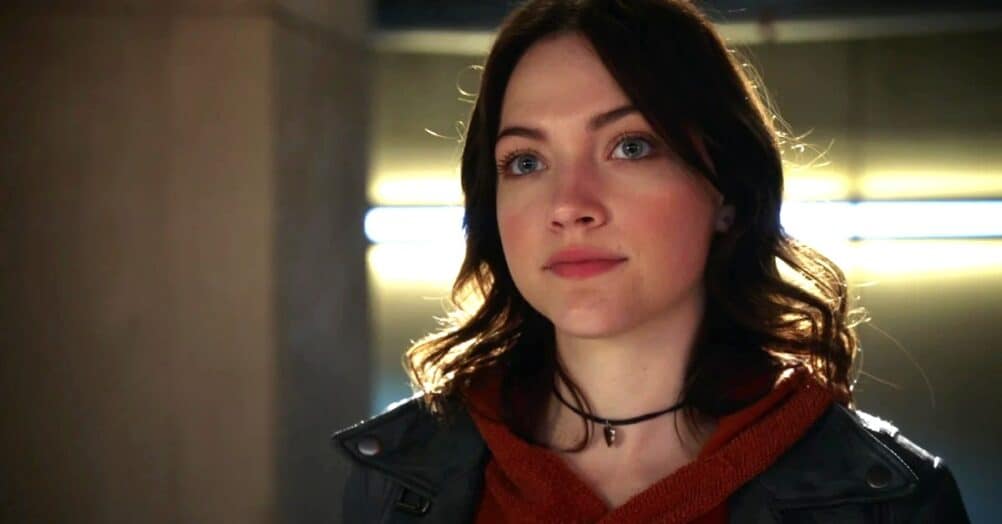
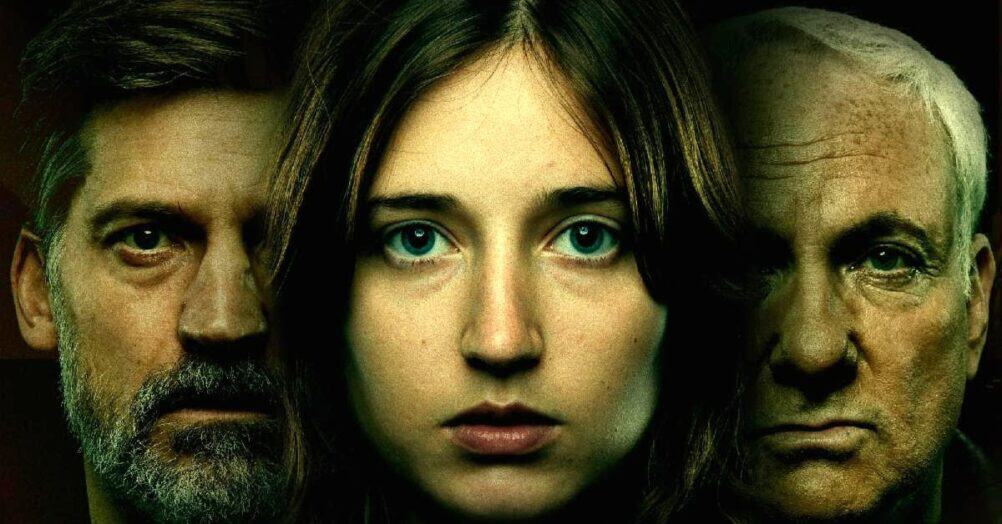
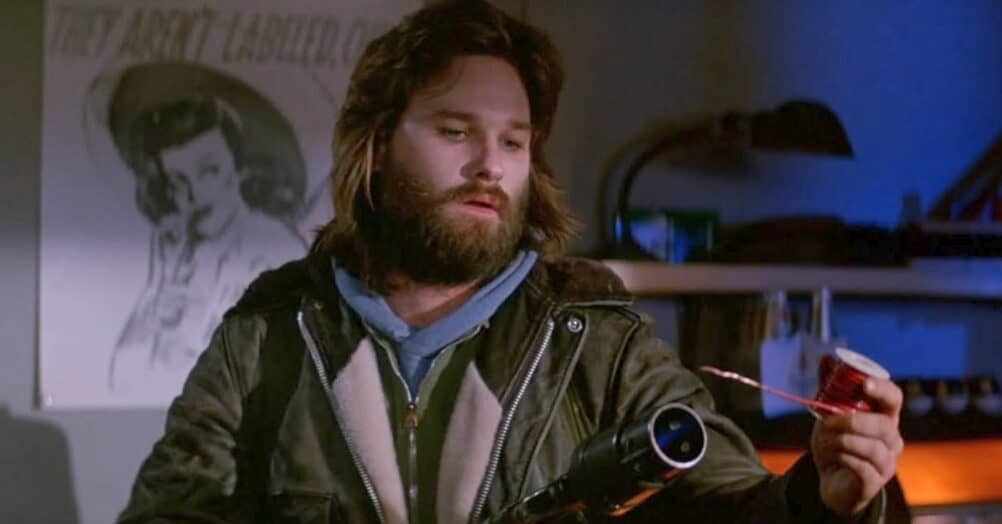

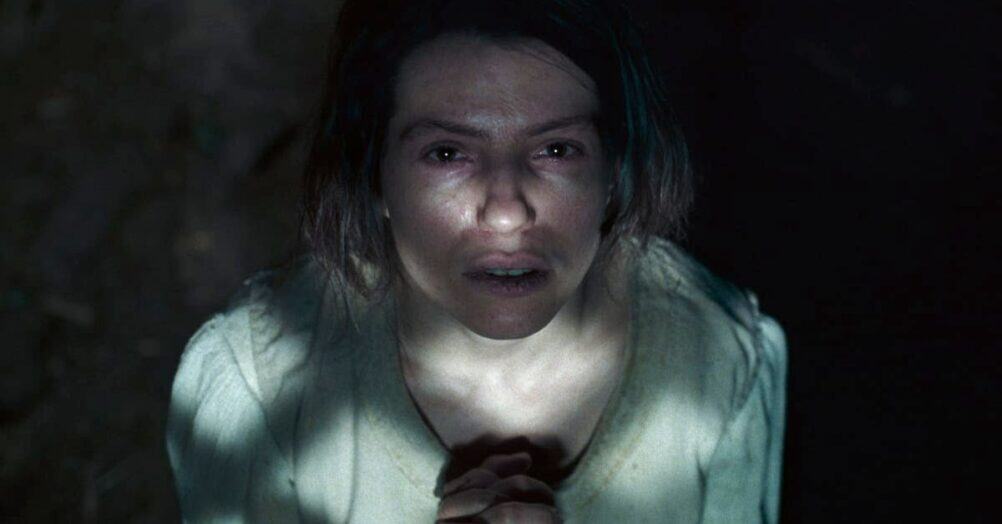
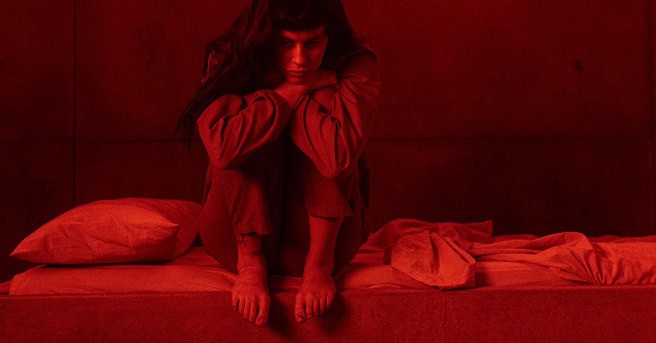
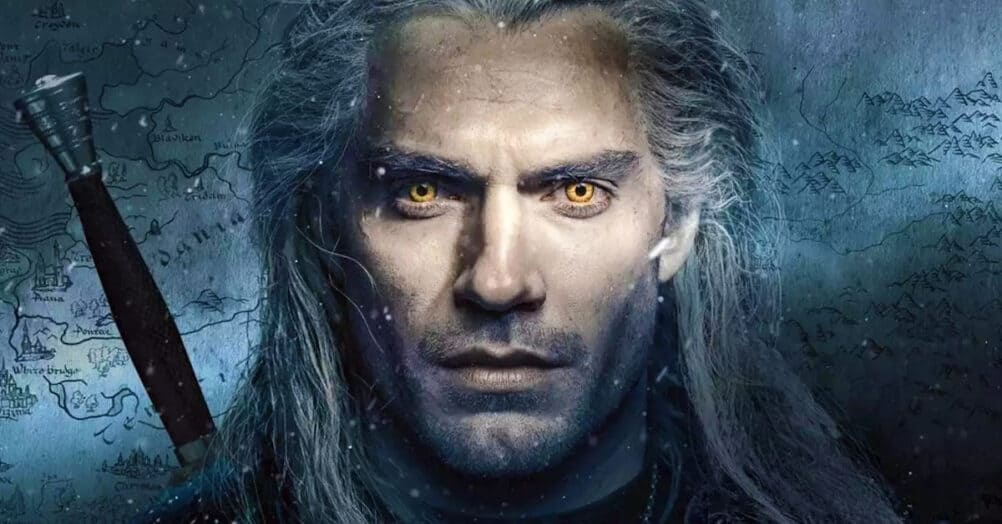
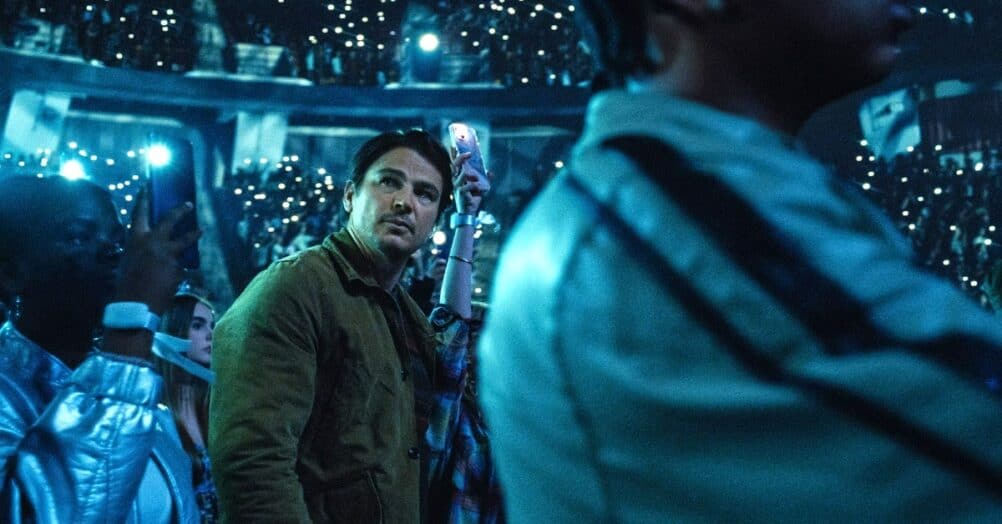
Follow the JOBLO MOVIE NETWORK
Follow us on YOUTUBE
Follow ARROW IN THE HEAD
Follow AITH on YOUTUBE